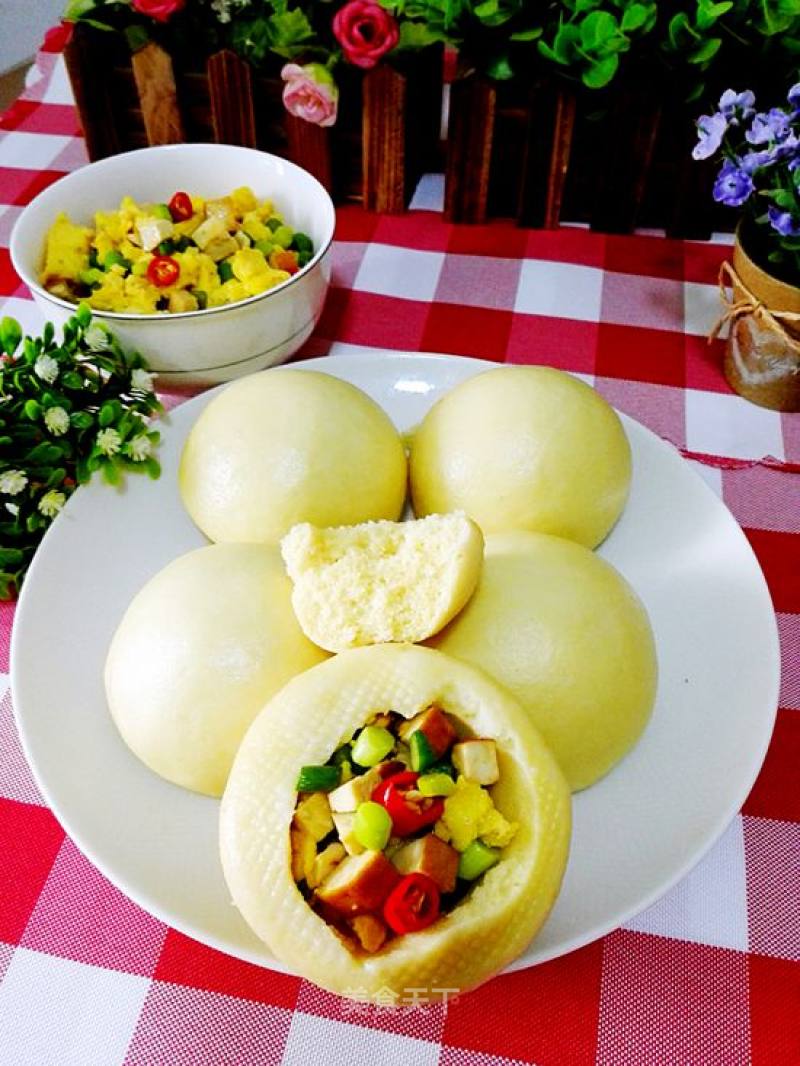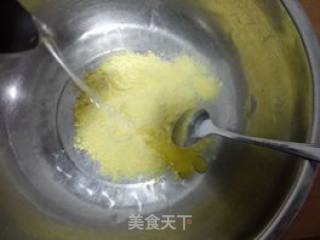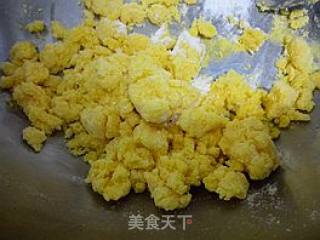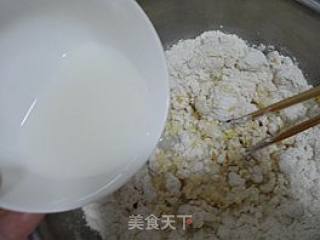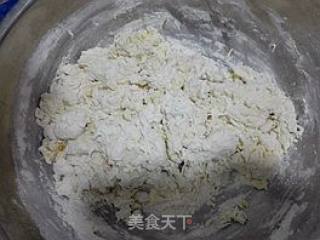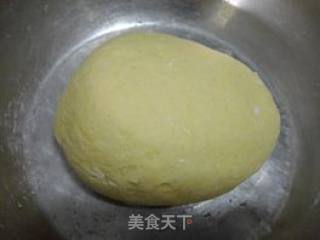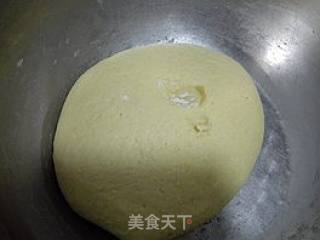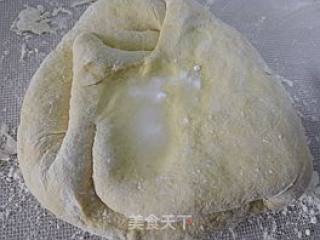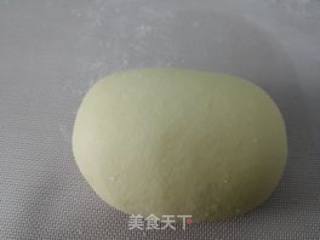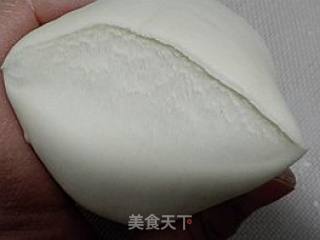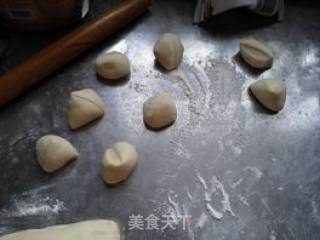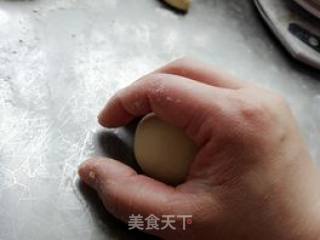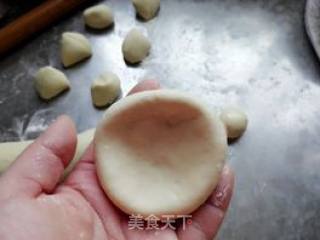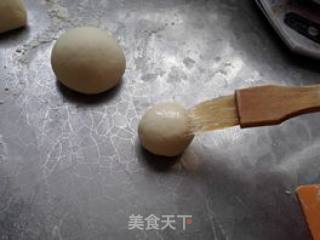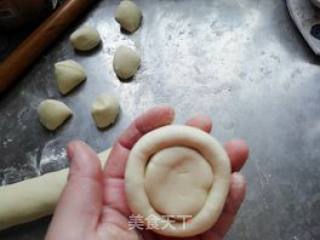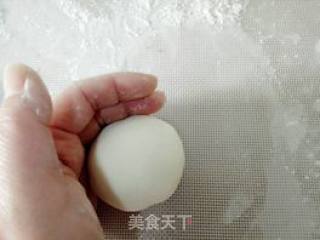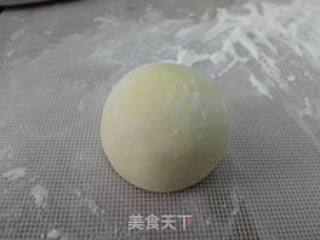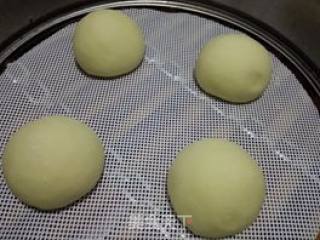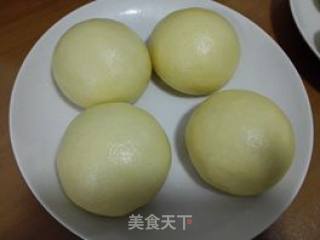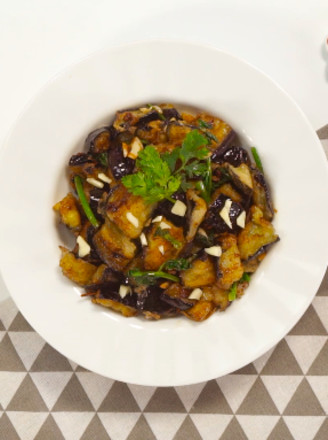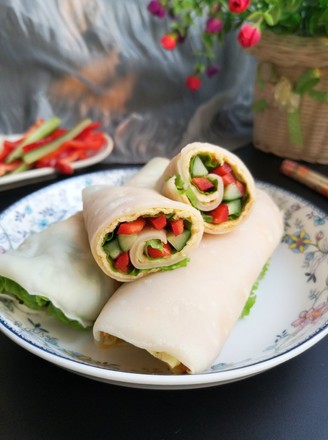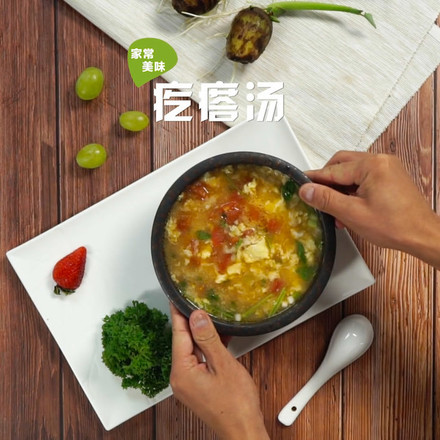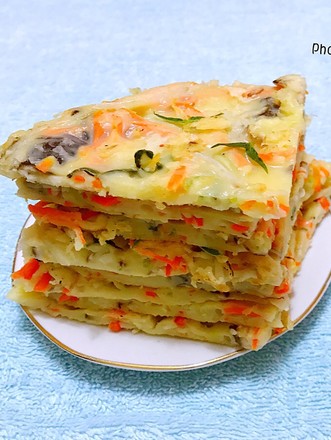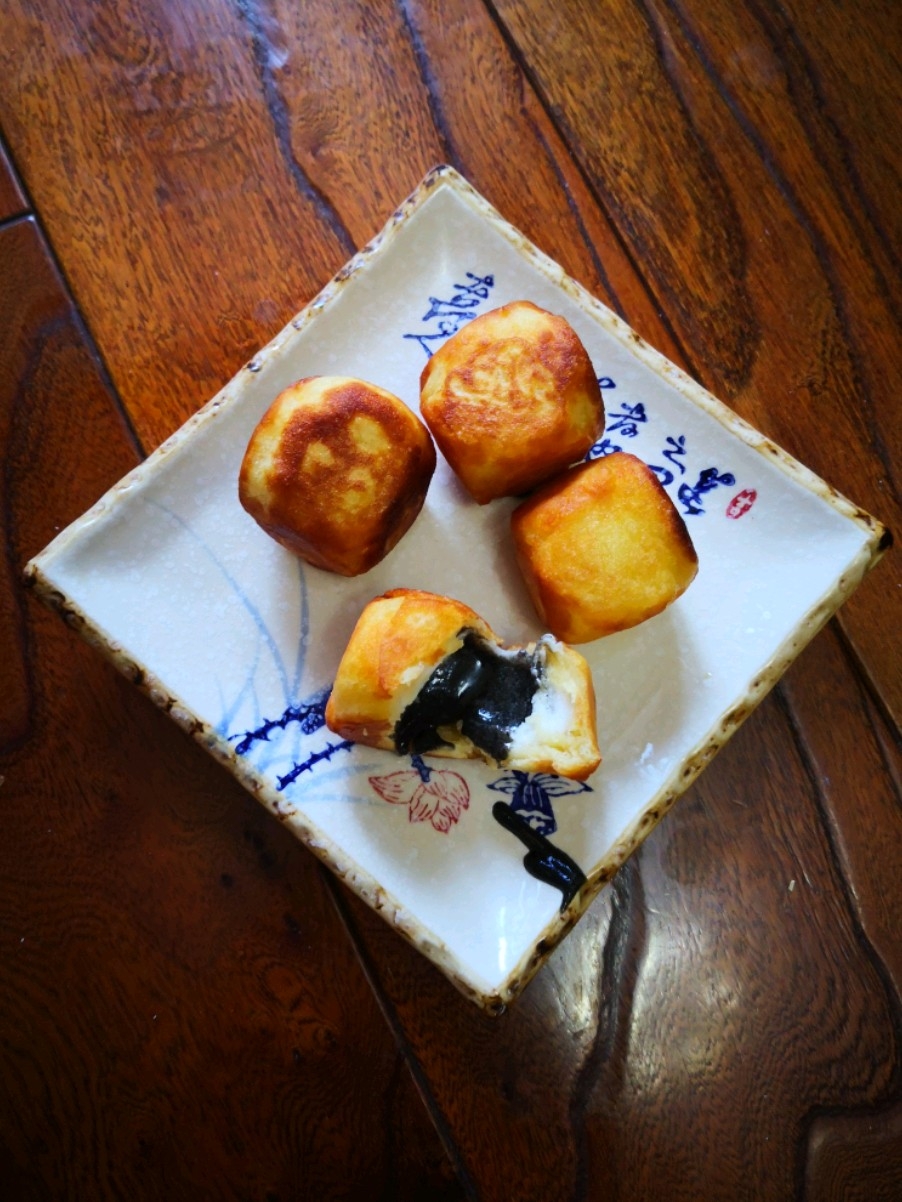Cornmeal Buns
1.
First, pour the cornmeal into a pot, pour in boiling water, and stir evenly while pouring.
2.
The amount of boiling water is suitable to stir all the cornmeal into a flocculent state without dry powder.
3.
Add flour.
4.
The sweet wine is filtered out about 30 grams of wine juice and mixed with 120 grams of water.
5.
Pour into the flour and stir with chopsticks while pouring.
6.
Stir until there is no dry powder.
7.
Knead it with your hands to form a smoother dough (you don't need to be particularly smooth here because you need to knead the dough after fermentation).
8.
Fermentation is 2~2.5 times larger. You can see holes in the surface. Dip your fingers in dry flour and poke it. The hole will not rebound and the dough will not collapse. That means the degree of fermentation is appropriate.
9.
Pour the dough on a chopping board sprinkled with dry flour, press the dough into a hole, pinch two fingers of edible alkali into the hole, pour a little water to dissolve the alkali surface, and then knead it into the dough (add a little alkali to the cornmeal, the nutrition will be more It is easy to absorb, so even if you use yeast to make the dough, it is necessary to add alkali in this step).
10.
Knead the dough into a smooth dough.
11.
Cut it open and see that there are no holes in the dough (I didn't take pictures of this step, this was taken when I made old-fashioned buns last time).
12.
Cut 1/3 of the dough and divide into 8 equal parts.
13.
Hold the small dough in the palm of your hand and knead it round.
14.
Knead into small balls for later use.
15.
Divide the rest of the dough into 8 equal parts, knead it round and press the middle with your thumb to form a small bowl.
16.
Brush the surface of the small dough with oil.
17.
Put the oiled side down into the large dough and press firmly.
18.
Press the wrapped dough upside down on the chopping board, and round the dough with both hands facing each other (I need one hand to take a photo with the camera, and only one hand can be photographed here, which is actually kneading the dough together).
19.
Knead into a higher round steamed bun embryo, which is higher, because the second fermentation will be carried out. When the dough is fermented again, the dough will not rise when it grows.
20.
Put the steamed bun embryo in the basket with enough space between them. The dough will grow up when fermented again, and it will grow up when steamed. Place it on a pot that has been filled with water, and cover the pot for second fermentation (do not open the fire). heating).
21.
The second fermentation does not need to be twice as large, as long as you see that the dough is obviously fatter, lightly press the surface with your fingers, it will rebound a little, and you can start steaming. After the water is boiled on a high heat, steam it on a medium-high heat for 18 minutes (this steamed bun) It will be cooked after 15~18 minutes of steaming. If steaming big steamed buns, it must be steamed for 20 minutes), turn off the heat and simmer for 2 minutes, then it will be ready When opening the lid, be careful not to let the water vapor on the lid drip onto the steamed buns.
22.
The chubby cornmeal buns are out of the pot! You can bite and eat directly.
23.
You can also take out the small dough inside (because the surface of the small dough is brushed with oil, it is easy to take out), it becomes a small bowl, and put the vegetables in to eat.
Tips:
1. If the surface of the steamed bun is smooth, without bubbles or pits, you must not be lazy when kneading the dough. It must be kneaded in place, that is, the surface of the dough is smooth, and the cut surface of the dough has no holes.
2. When steaming steamed buns, if it is a glass lid (my pot is), be careful not to let the water droplets from the lid on the steamed buns. A drop on it is a pit. So the straw woven lid used by northerners is much better.
3. Don't open the lid immediately after steaming, turn off the heat and simmer for 2 minutes, also to prevent the buns from shrinking due to sudden cold.

